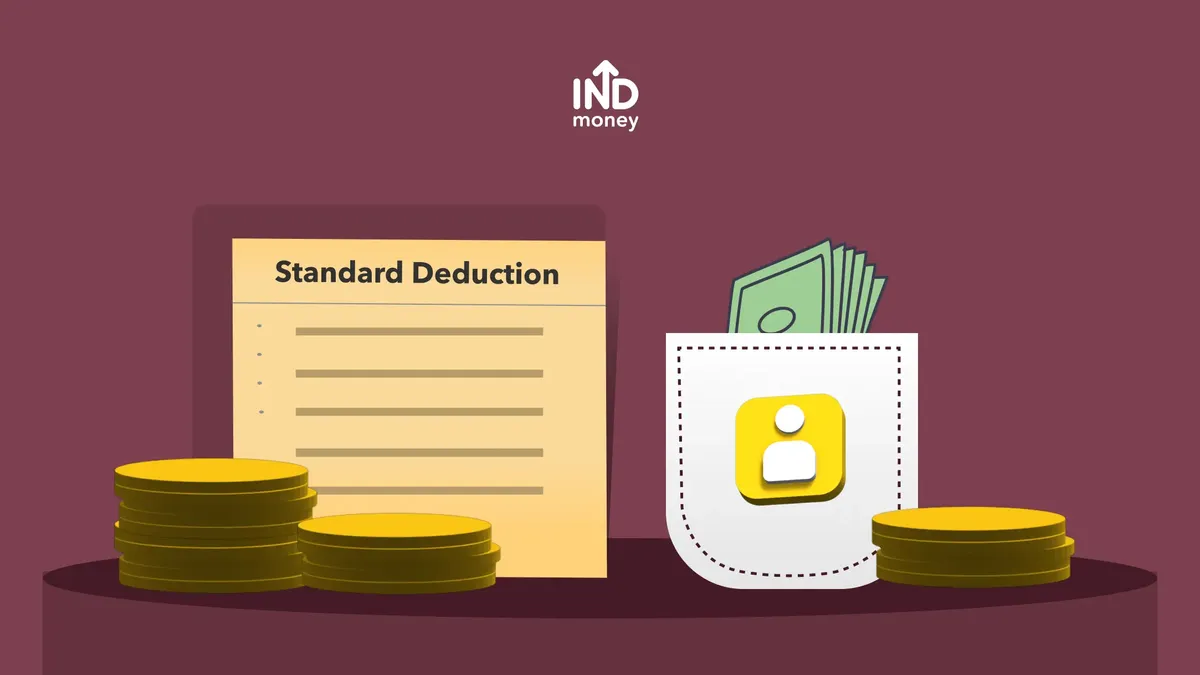The standard deduction for married couples is higher than the standard deduction for single filers. Married filing jointly can claim up to $5,950 in standard deductions. The standard deduction for single filers is reduced by $1,000 for each child under 18 years old. If both spouses file jointly, the combined standard deduction can be as high as $28,900. The head of household deduction is worth an additional $18,800. If the couple does not have any dependent children, the combined standard deduction is the same as that of the single filer.
Standard Deduction For Married
A married couple is entitled to a $1,200 additional standard deduction if one of them is 65 or older or blind. They can claim the standard deduction on Line 40 of Form 1040 or Form 1040A, or Line 5 of Form 1040EZ. Those who are 65 or older or blind must use Form 1040A and check the appropriate boxes on Line 23a. The standard deduction married filing jointly is 24000, while the standard deduction for single filers is 12,000. The married filing jointly tax brackets are higher than those for single filers, so the higher brackets are available to married taxpayers. If you and your spouse are married, both of you must live in the United States for the entire tax year in order to qualify.
As mentioned, the standard deduction is a fixed amount that is deducted from your gross income. It can help you save money for other expenses and retirement. But you can’t claim both of these deductions in the same year. It is necessary to consult a financial advisor if you want to claim both standard deduction and itemized deductions in the same year.
How Much Standard Deduction Will Be In 2023?
In 2023, the standard deduction for married couples filing jointly will be $27,700. For single filers, the deduction will increase to $13,850, and $20,800 for heads of households. And for those 65 and older, an additional $1,500 will be available. This will make the standard deduction a more affordable amount for single taxpayers.
Many taxpayers choose the standard deduction over itemized deductions because it is simpler. However, they must consider whether the standard deduction is the best option for them. Taking the standard deduction is a better option than itemizing. If you have higher income, it is better to itemize your deductions. If your income is high, you should speak with a financial advisor who can help you choose the most advantageous options to lower your tax liability. This person can help you save money during tax season by helping you figure out how to maximize the standard deduction and maximize your itemized deductions. In general, the standard deduction will lower your tax bill more than itemized deductions. As a result, you should calculate your deductions carefully and choose the highest deduction available to you. Get ready to click here at nationaltaxreports.com.
In addition to the standard deduction, you can also claim a personal exemption. If you have dependents, you can claim a deduction of up to $1,150 per person. However, if you have no dependents, you can claim only the standard deduction up to four times your earned income.
The standard deduction can be used to offset expenses related to moving or education. Additionally, the deduction for living organ donors is $5,000 per year. In addition, a deduction of up to $300 can be claimed by married filers who are married filing jointly. When these expenses are combined with the standard deduction, the result is a significant tax savings. You can use this deduction to offset some of your expenses, or claim a larger amount of tax savings than you would otherwise be able to claim otherwise.
There are a few exceptions to the standard deduction. For instance, if you are 70 years old or older, you can claim the full amount of the contribution. You can also claim an extra deduction if you are blind or disabled. You must provide a statement from your doctor that you are blind or partially blind. Many states offer similar adjustments. You should check with your state’s tax advisor to see if you qualify for the maximum deduction for your situation.
Conclusion
If you are married and filing jointly, you can also claim the mortgage interest and real estate tax payments for your home. However, you can only claim deductions for up to a combined total of $20,000 if you are married and filing jointly. When determining which deductions to claim, make sure to consider the percentage of your income that each spouse is responsible for.

